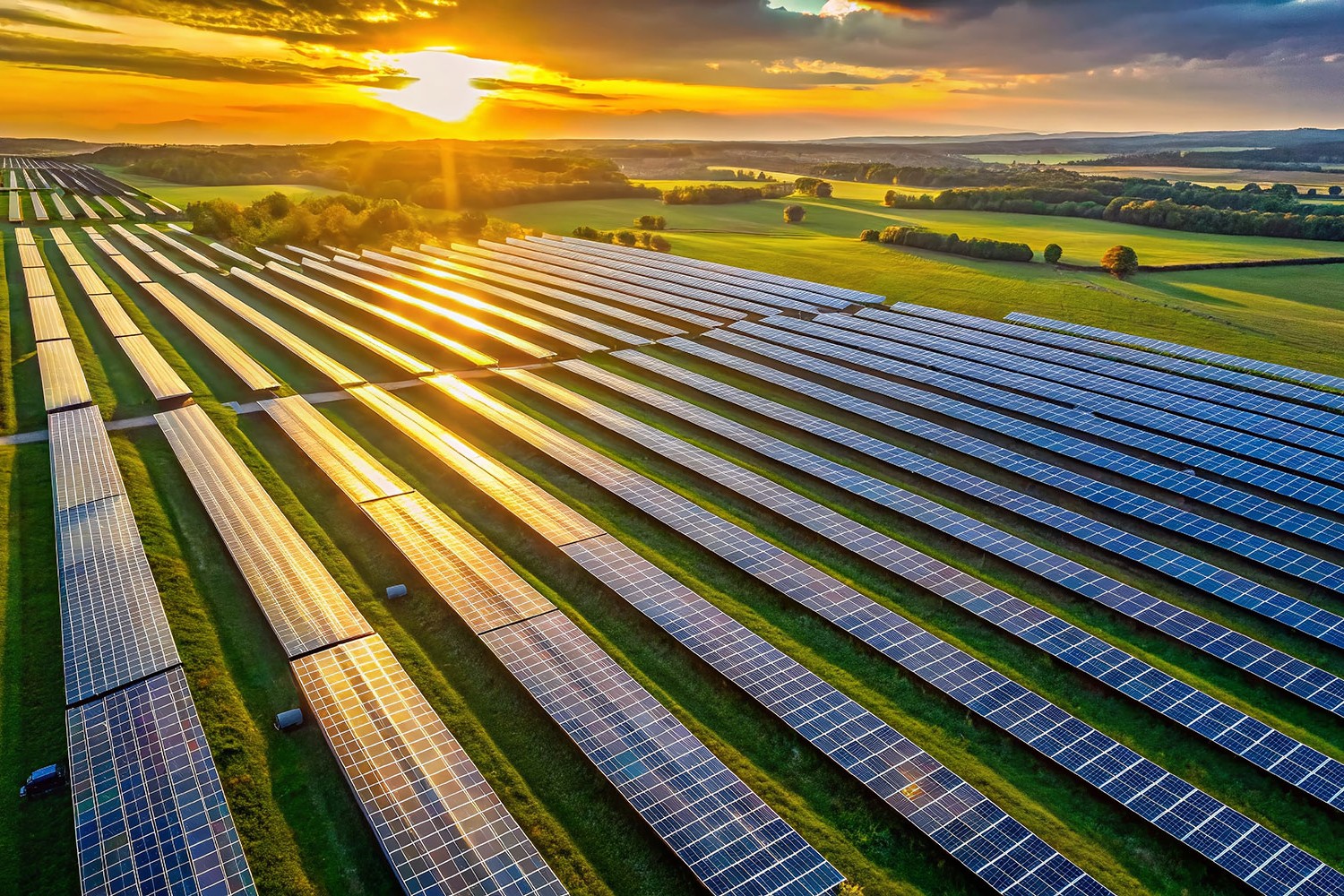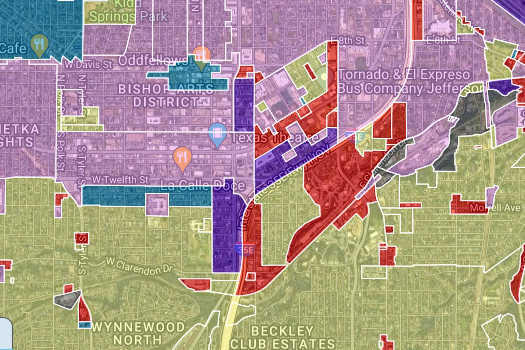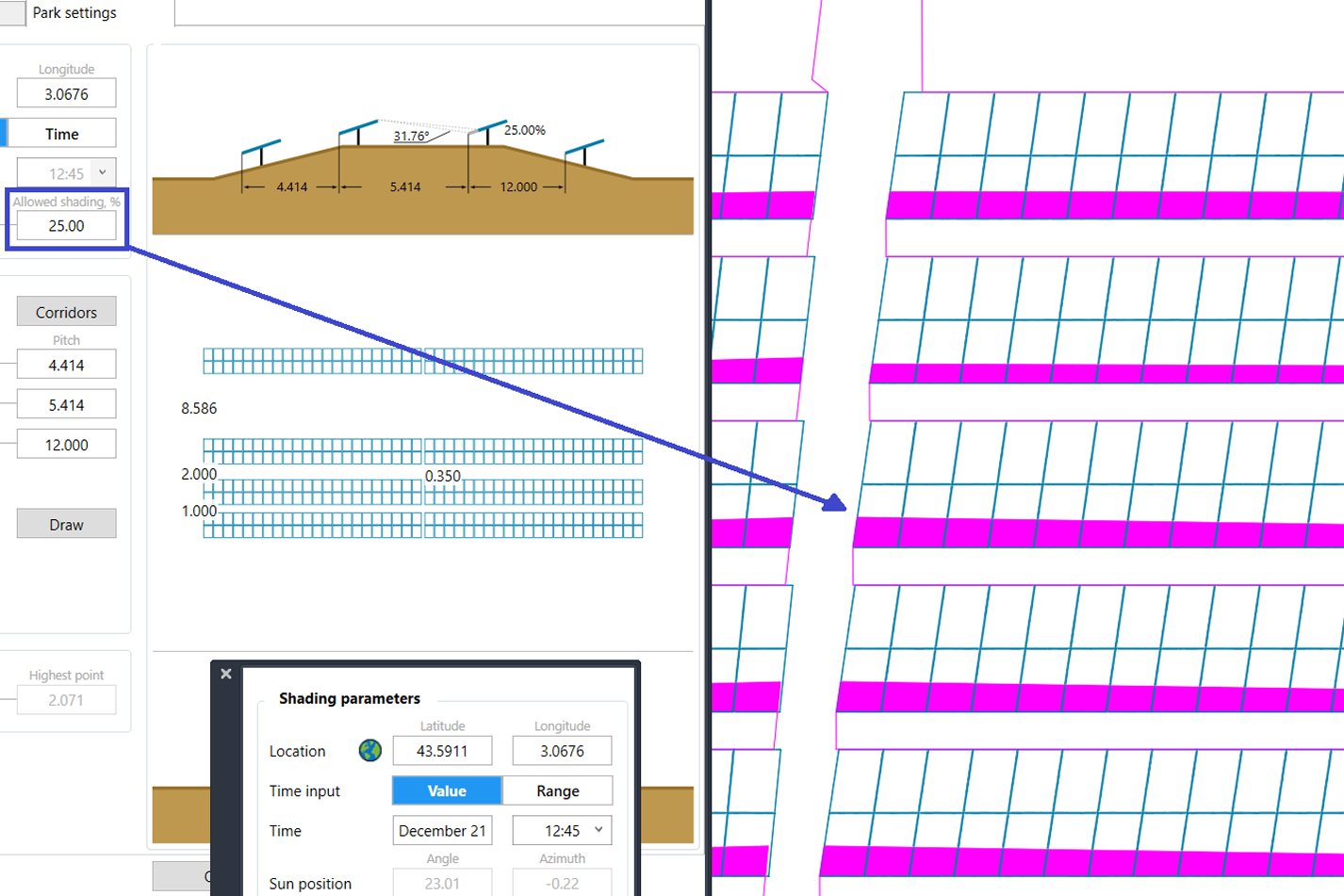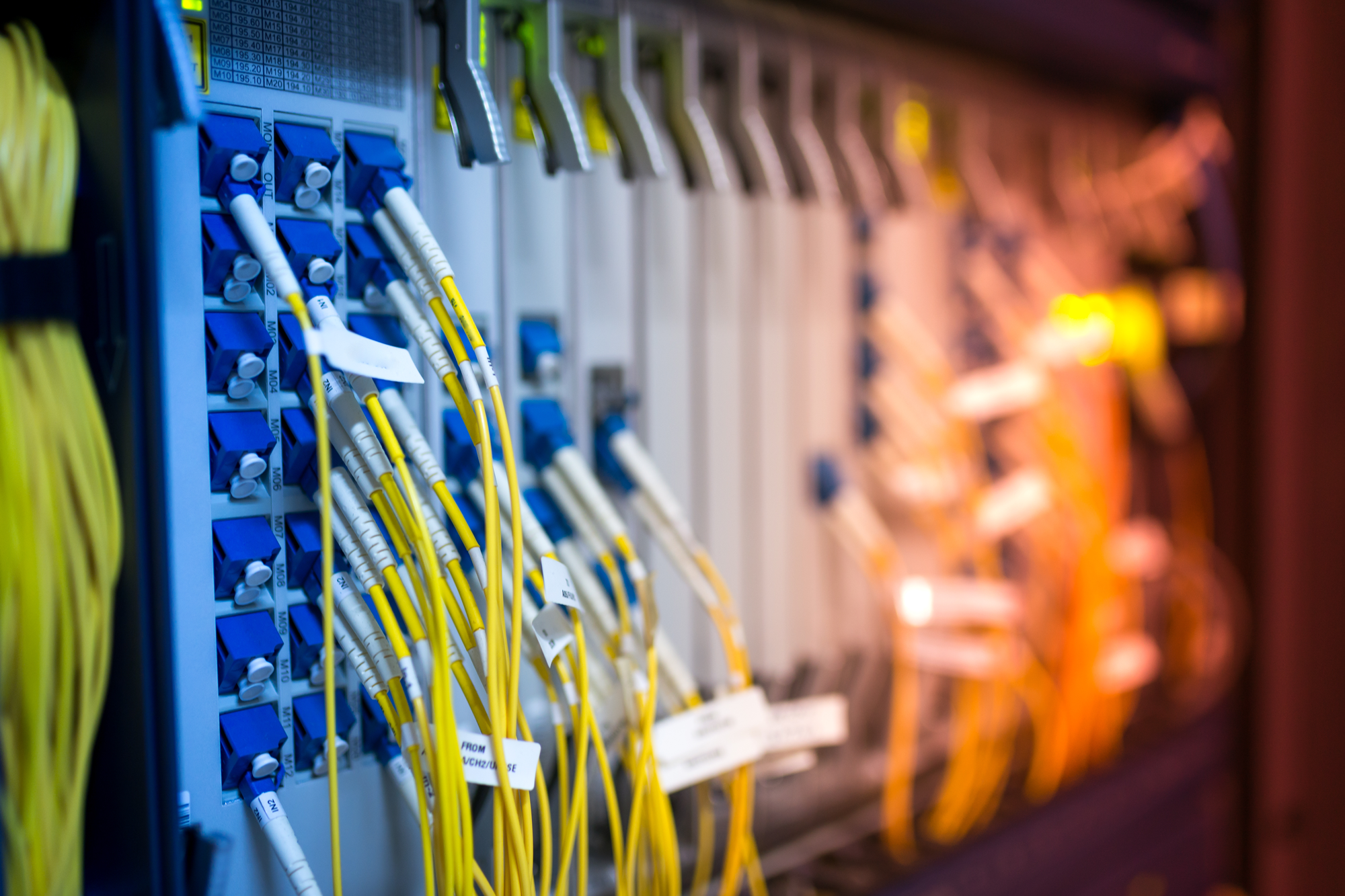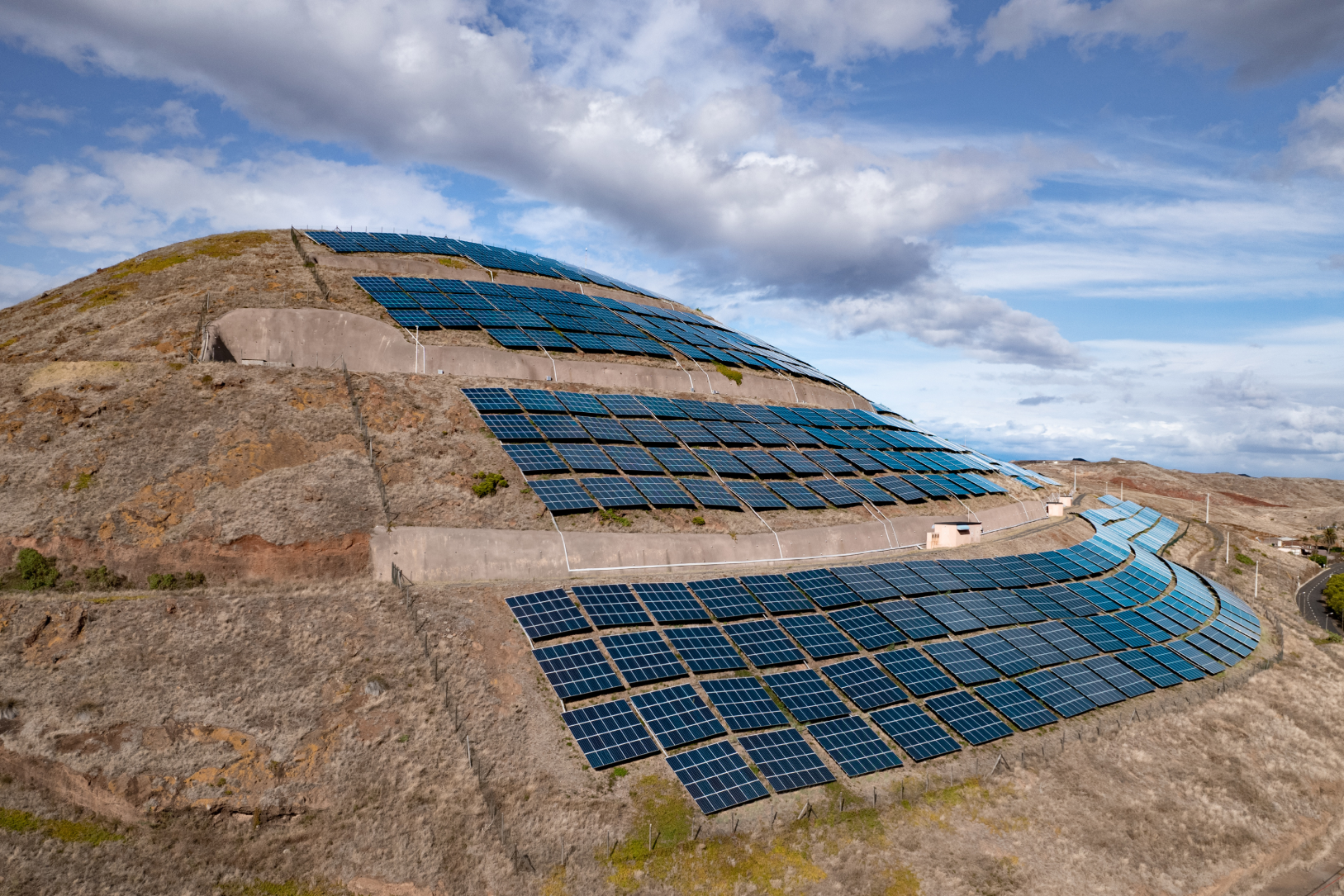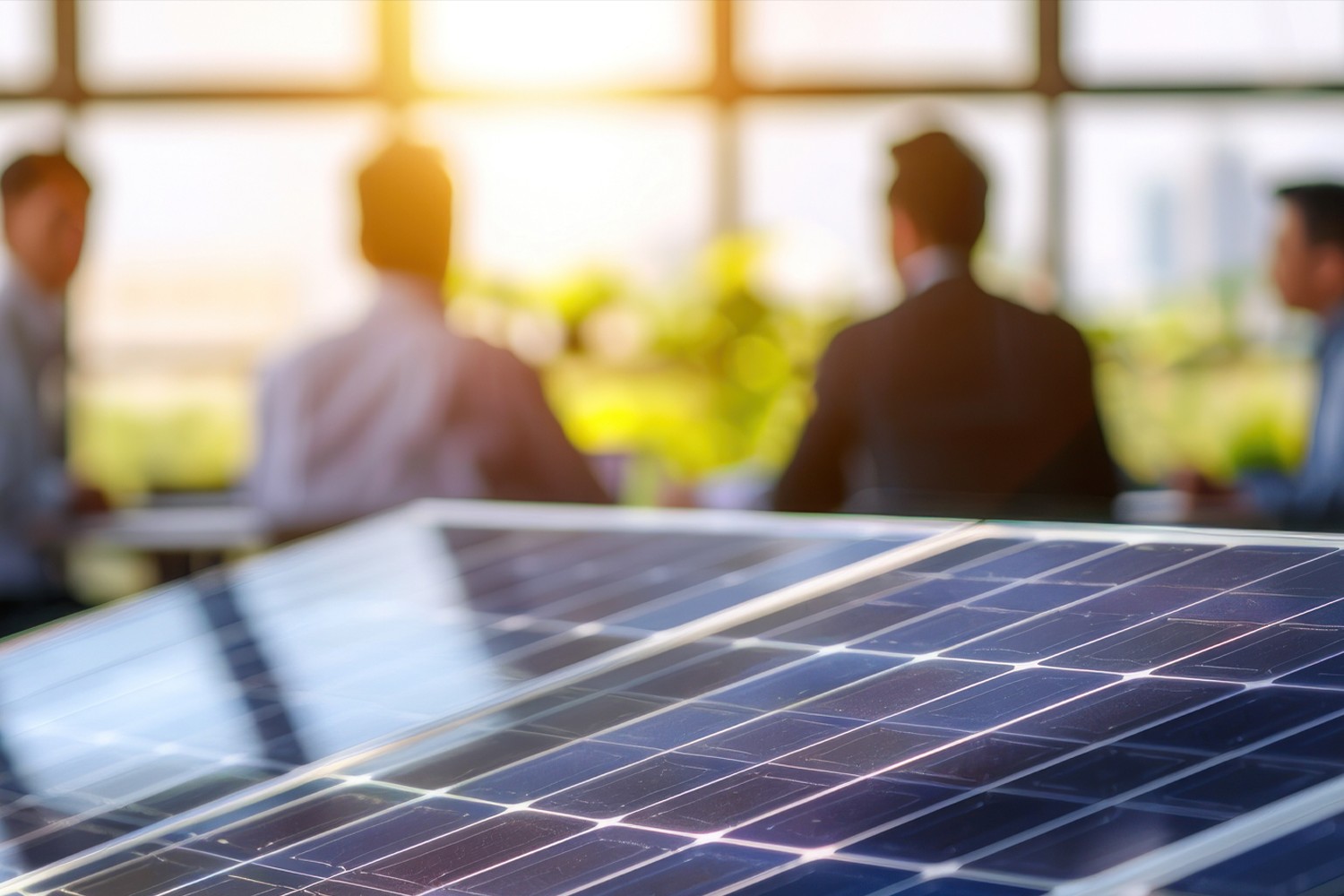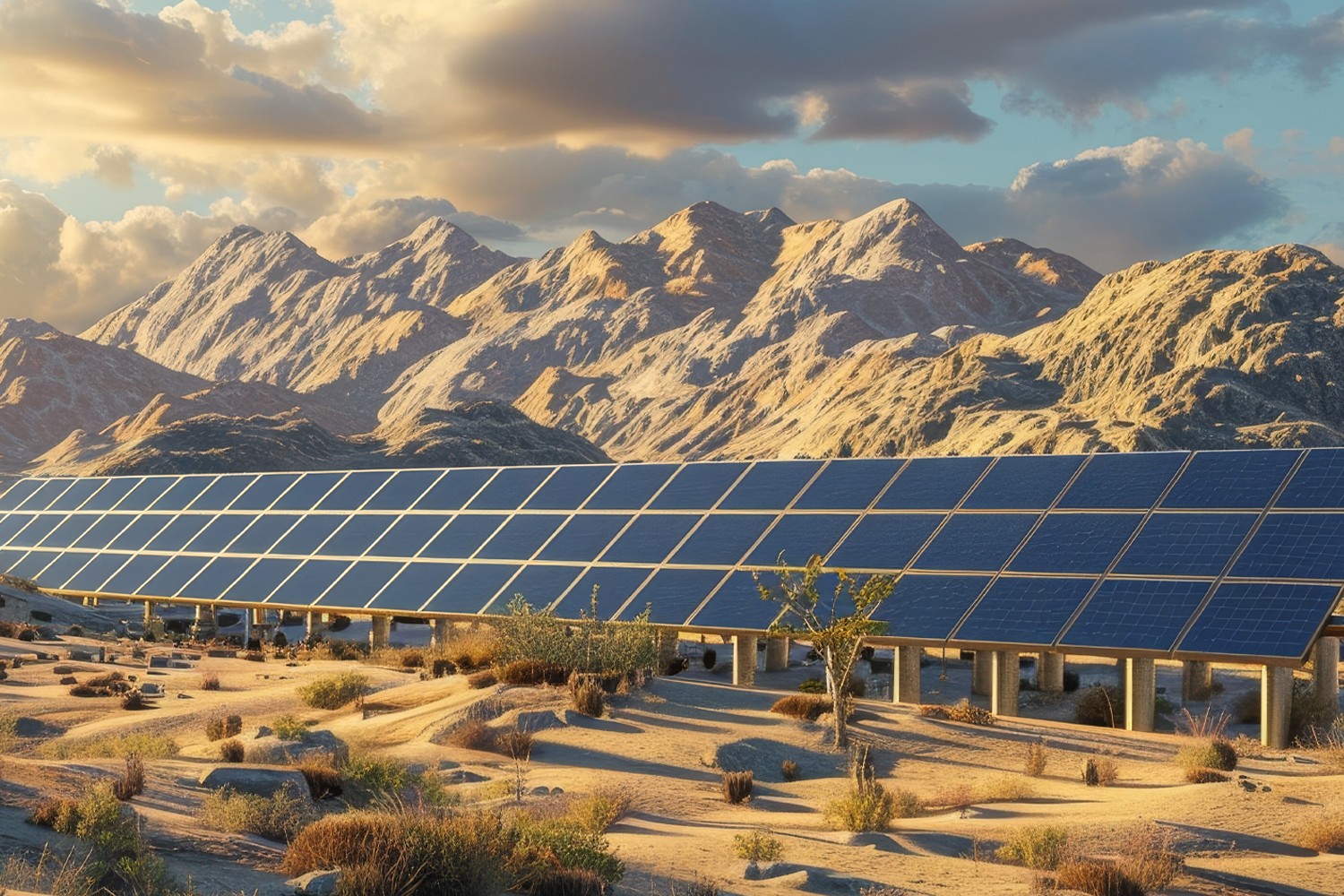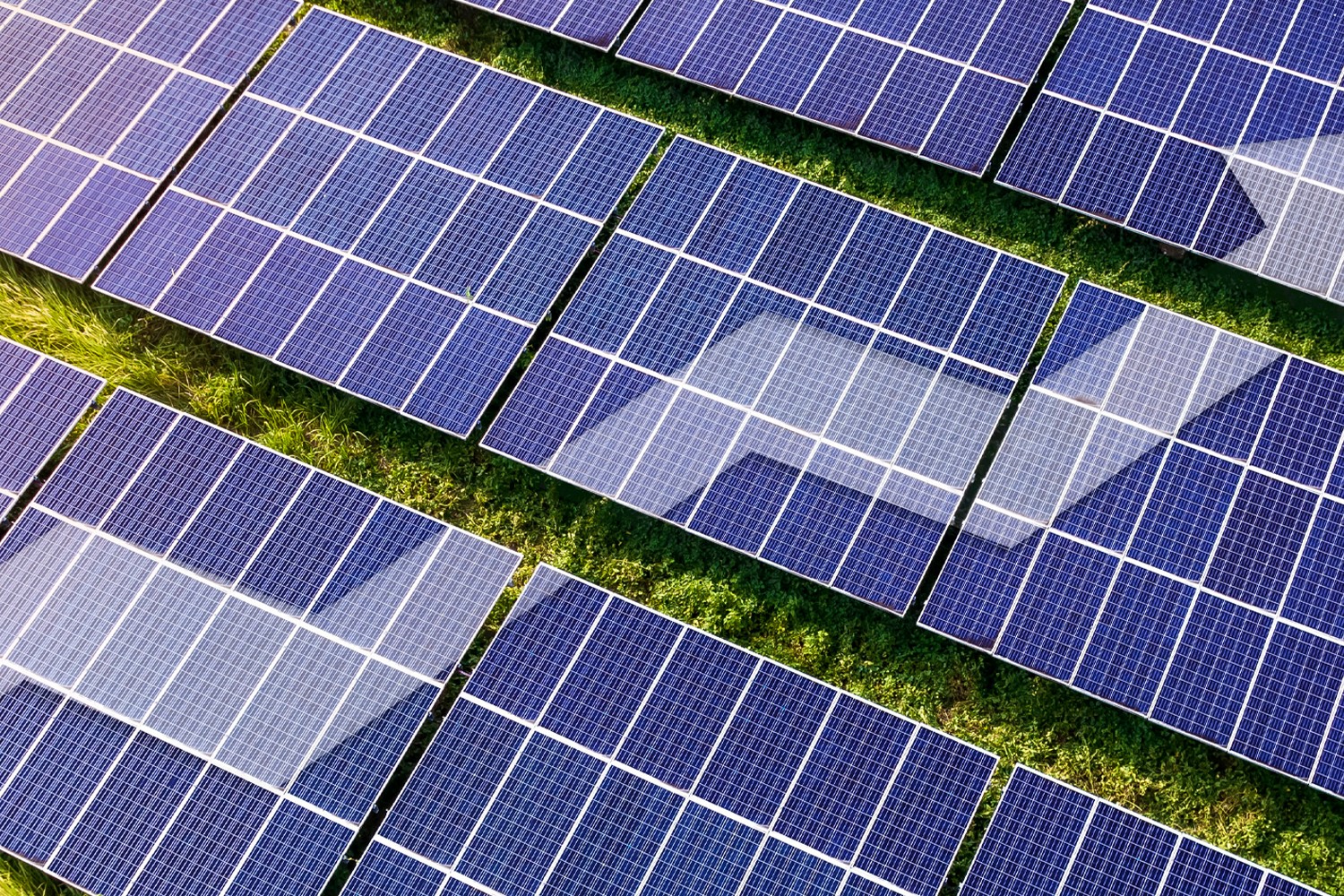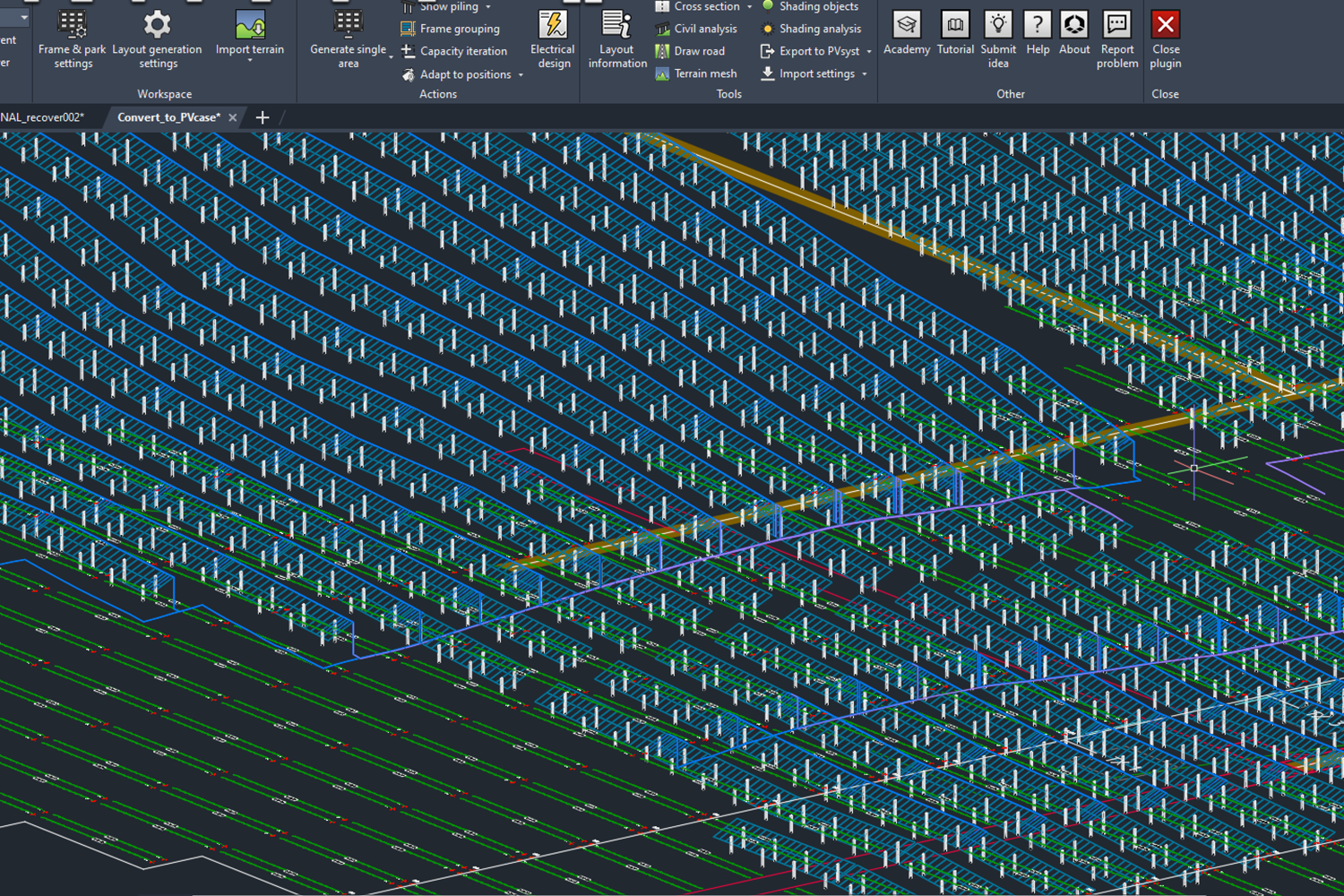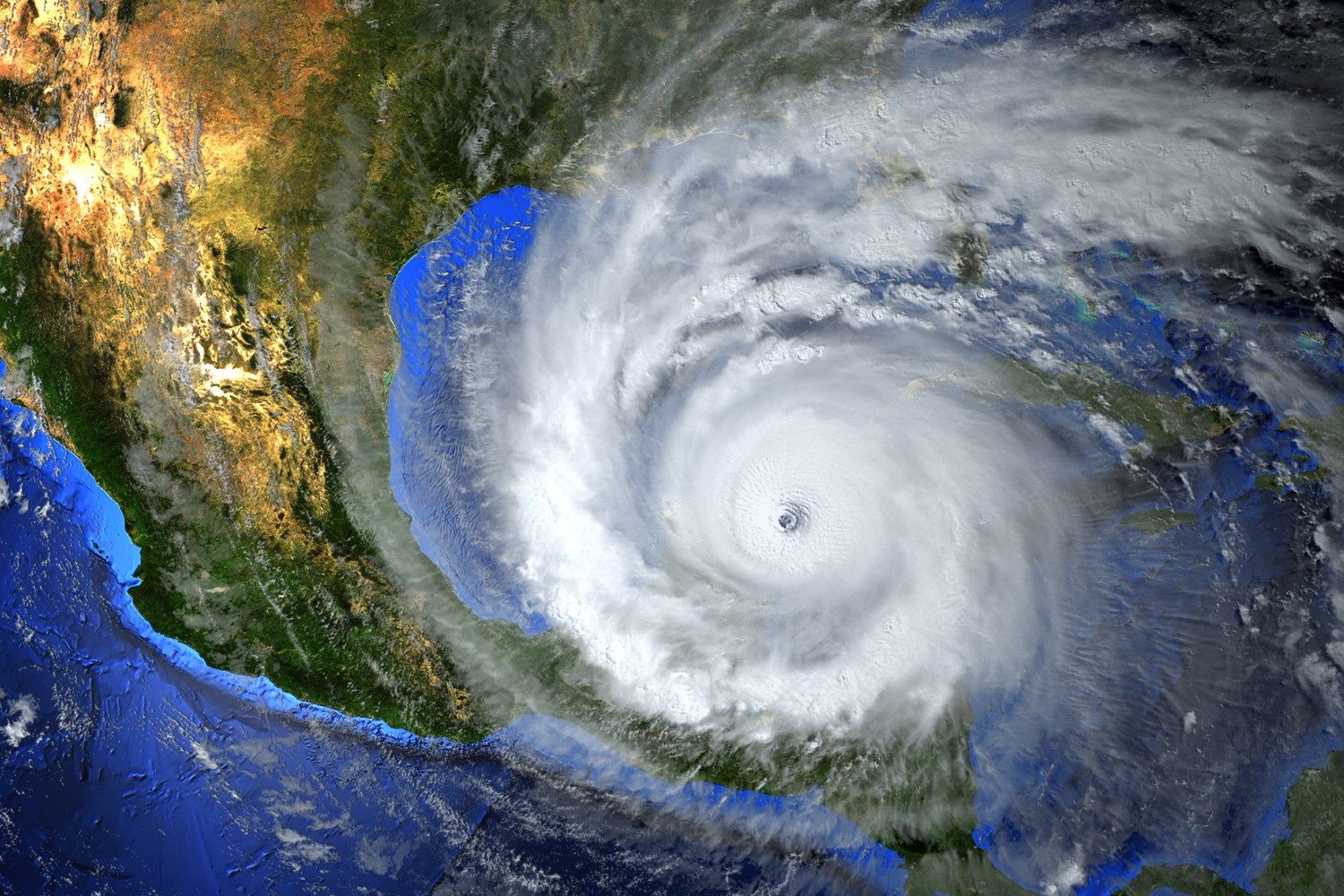Researchers discovered that floating PV plants (FPV) can substantially contribute to the achievement of 2030 EU targets. It also can potentially prevent solar energy conflicts with agriculture and other potential risks.
Methods and results
Scientists from Italy and Spain used various parameters and models together with satellite data about each suitable water basin. They also estimated costs, yields, cell temperature and capacities of various floating and land PV (LPV) systems. Researchers simulated energy yields of modules by using PVWatts DC power model with data on irradiance from CAMS Radiation Service. Simulations used Trina Solar of 21.4% efficiency, inverters of 96% efficiency, and DC to AC losses of 14%. The modules were south-oriented. The PV system’s lifetime was set at 25 years.
It was discovered that FPV installations are cost-effective in certain Southern European countries. The study shows that in the Mediterranean countries, where the average amounts of sunlight are high, FPV plants can achieve up to 2% greater energy yields than land-based installations. However, some configurations don’t allow FPVs to achieve lower temperatures than LPV systems and, eventually, lead to lower energy yields. Yet, if the FPV installation costs can be reduced by less than 12%, floating PV systems can be cost-competitive to the land-based ones even in cases of underperformance. The cost-effectiveness can even be greater when FPV is combined with hydropower because in this configuration floating plants can use existing infrastructures.
The study also revealed that each additional degree of tilt angle of FPV systems is worth between 2.5 and 7.5 euros per kW. FPV systems can also produce the yield between 640 and 1688 kWh with capacity factors of 7.3 to 7.9 percent.
The future of FPV
Floating solar plants have long been treated as a go-to solution in future solar developments. Indeed, there are many advantages associated with such systems. Here are a few main ones:
- No need for site preparations and ground grading. You don’t need to install foundations and can build photovoltaic plants in areas with more complex ground conditions.
- Lower rent fees are potentially lower for on-water sites.
- There is no competition with agricultural land.
- FPV can also reduce evaporation rates and save water for other necessary operations (e.g. hydropower).
- FPV also benefits from the cooling effect from water and produces higher yields.
However, all these benefits still depend on the location and legislature of an area and are not universal.
You might also be interested in:
March 26, 2025
PVcase Yield product guide: revolutionize solar energy modeling with advanced technology
Download PVcase Yield product guide and discover how PVcase Yield is transforming solar energy modeling with its advanced digital twin technology and physics-based simulations.…
March 25, 2025
The impact of Zoning Data on strategic site selection
Zoning Data encompasses the information used by local governments to classify land use. Learn how this new addition to PVcase Prospect enables solar developers to choose a project…
March 24, 2025
PVcase’s spring product updates: what’s new
PVcase and HeatSpring offer a new training bundle on utility-scale solar engineering for solar designers and engineers.
March 5, 2025
Why fiber data is non-negotiable for data center site selection
Discover why integrating fiber data into your data center site selection process is crucial for reducing costs, accelerating deployment, and improving network resilience.
February 20, 2025
PVcase Ground Mount wins G2 2025 Best CAD & PLM Software award
PVcase and HeatSpring offer a new training bundle on utility-scale solar engineering for solar designers and engineers.
February 18, 2025
PVcase partners with HeatSpring for advanced utility-scale solar training
PVcase and HeatSpring offer a new training bundle on utility-scale solar engineering for solar designers and engineers.
February 3, 2025
Solving ground mount solar design challenges. A guide by engineers, for engineers
Download our e-book for expert insights and actionable solutions to the common pain points you encounter in your day-to-day work, and start taking back your development time.
January 15, 2025
Award-worthy solar software: PVcase’s impact in 2024
Explore how PVcase's award-winning product suite is combating climate change through innovative software and what achievements were recognized the most.
January 14, 2025
Top 10 questions asked during the PVcase Digital SmartUp’24 — answered
Customers ask, we answer — read the article to find answers to the top 10 most asked questions at the exclusive PVcase Digital SmartUp'24 event.
January 10, 2025
Developing solar projects on challenging land
Solar developers face fierce competition, congested grids, and a shrinking pool of ideal sites. What's the solution? Read and and learn how to develop on challenging land instead.
December 12, 2024
Why Locational Marginal Pricing (LMP) data is essential for solar development?
Locational Marginal Pricing (LMP) data helps solar developers forecast profitability, minimize financial risk, and optimize site selection. Let’s break down what LMP data is, its…
December 11, 2024
PVcase product updates — November highlights
With PVcase November updates, you can achieve faster, more accurate results today — no need to make them your New Year’s resolutions. Dive into the major updates from the PVcase…
December 9, 2024
The importance of quality GIS data for solar site selection
Discover the impact of high-quality GIS data on solar site selection. Learn how parcel data, grid capacity, and LMP data optimize solar project development, reduce risks, and…
December 2, 2024
Consequences of extreme weather events: can we still afford it?
Floods, hurricanes, wildfires — whether we want them or not, extreme weather events have become the new normal. This year alone, there have been 24 billion-dollar weather…
November 14, 2024
Fail fast, succeed faster: the developer’s guide to streamlining solar projects with early-stage development software
Discover how solar developers thrive by adopting the 'fail fast, succeed faster' approach. Explore the role of early-stage development software, such as PVcase Prospect, in…

